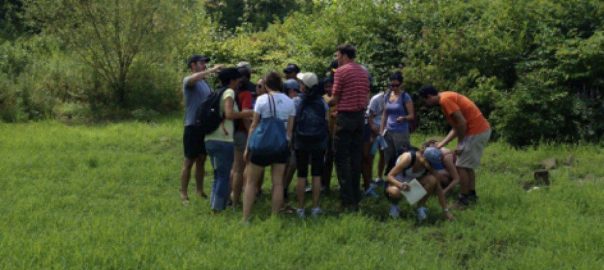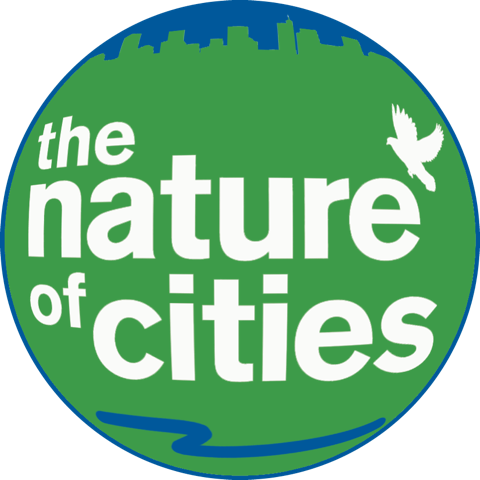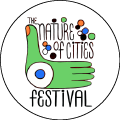Here we publish 10 pre-release chapters from the book, URBAN ENVIRONMENTAL EDUCATION REVIEW, to be published by Cornell University Press in 2017. See the 10 here.
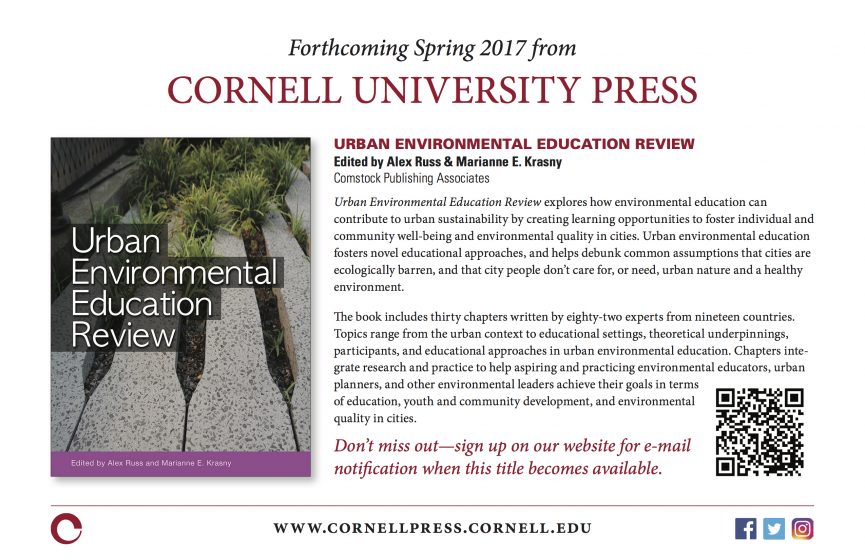 Around the world, urban environmental education programs care about human well-being and ecosystem health in cities, where the majority of humans now live. Through various approaches, urban environmental education is one of processes that aims to make cities more sustainable. While there is a huge diversity of urban environmental education programs—from those provided by NGOs, communities, botanical gardens, parks, zoos, schools, universities, libraries, businesses, governmental, and other organizations—this field can be strengthened by integrating with practical and research ideas from other fields, such as urban planning, environmental art, adult education, and green urbanism.
Around the world, urban environmental education programs care about human well-being and ecosystem health in cities, where the majority of humans now live. Through various approaches, urban environmental education is one of processes that aims to make cities more sustainable. While there is a huge diversity of urban environmental education programs—from those provided by NGOs, communities, botanical gardens, parks, zoos, schools, universities, libraries, businesses, governmental, and other organizations—this field can be strengthened by integrating with practical and research ideas from other fields, such as urban planning, environmental art, adult education, and green urbanism.
To advance urban environmental education and better understand its role in urban sustainability, the Cornell University Civic Ecology Lab, through the EECapacity project, assembled a team of 80 scholars and professionals from around the world to contribute their expertise and research. The 30-chapter book will be useful in university courses to help prepare future urban environmental educators and leaders, and for the ongoing professional development of current environmental educators who want to reflect on urban environmental education programs, including their goals, urban settings, urban audiences, urban issues, and theoretical aspects of urban environmental education.
Given the international nature of the book, we expect it will be in demand in various countries. The book will be published by spring 2017, but we have a permission from the Cornell University Press to share 10 selected chapters for free.
Preliminary reference: Russ, A., and Krasny, M. (Eds.) (2017, in press). Urban Environmental Education Review. Ithaca, New York: Cornell University Press.
Pre-release chapters:
Essay 1 – “Environmental Education and Advancing Urbanization”
Essay 2 – “School Partnerships are Key to Vibrant and Sustainable Cities“
Essay 3 – “Community Environmental Education”
Essay 4 – “Sense of place”
Essay 5 – “Climate Change Education”
Essay 6 – “Early childhood education”
Essay 7 – “Positive Youth Development”
Essay 8 – “Intergenerational Education“
Essay 9 – “Environmental Art”
Essay 10 – “Green infrastructure”
 Saving a Sense of Place, Saving Our Home / 拯救地方感,拯救家乡
Saving a Sense of Place, Saving Our Home / 拯救地方感,拯救家乡
Yueyang Yu, Beijing Marianne Krasny, Ithaca
Sometimes, as we strive to embrace our future, we are quick to abandon our past. In the process of changing and growing, do we let go of those elements that formed the foundation of who we are, the things that tether us to the place we came from, or do...
1 Comment(s)Join our Conversation
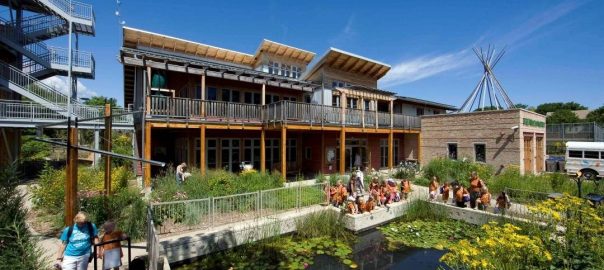 Accessing Urban Environmental Education Opportunities Via Green Infrastructure
Accessing Urban Environmental Education Opportunities Via Green Infrastructure
Laura Cole, Columbia, MO Timon McPhearson, New York Cecilia Herzog, Rio de Janeiro Alex Russ, Ithaca
The term “sustainable city” evokes images of green roofs, energy-efficient buildings, bioswales, bike lanes, urban forests, and other types of green infrastructure. These urban features clearly have value for ecosystem and human health, but they also have great educational potential. Green infrastructure can help urban residents improve their understanding of...
0 Comment(s)Join our Conversation
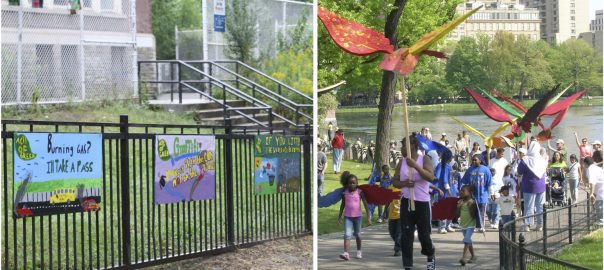 Leveraging Environmental Arts for Education and Sustainable Futures
Leveraging Environmental Arts for Education and Sustainable Futures
Hilary Inwood, Toronto Joe Heimlich, Columbus Kumara Ward, Sydney Jennifer Adams, New York City
Cities around the world are using the arts to enhance urban aesthetic experiences and motivate innovative environmental activism. Manifesting as flash mobs, immersive street theatre, bike parades, pop-up installations, zero-carbon concerts, and participatory storytelling, artists are using their creativity and ingenuity to draw attention to and propose solutions for the...
0 Comment(s)Join our Conversation
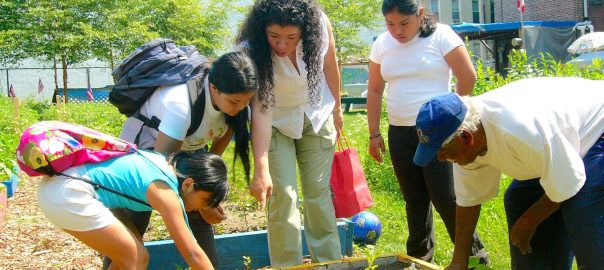 Intergenerational Urban Environmental Education
Intergenerational Urban Environmental Education
Shih-Tsen Nike Liu, Taichung City Matthew Kaplan, University Park, PA
In 1977, the Tbilisi intergovernmental conference on environmental education endorsed a set of guiding principles for environmental education. Some principles, including considering the environment in its totality, viewing environmental learning as a continuous lifelong process, and taking a historical perspective into account, lend support for intergenerational approaches to environmental education....
1 Comment(s)Join our Conversation
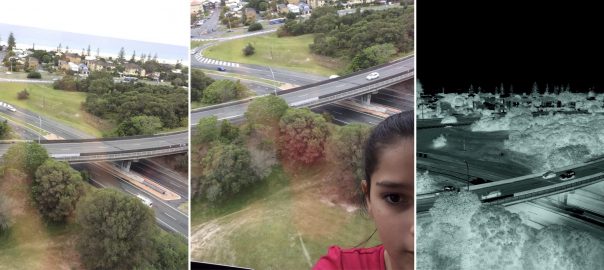 Positive Youth Development in Urban Environmental Education
Positive Youth Development in Urban Environmental Education
Tania Schusler, Chicago Jacqueline Davis-Manigaulte, New York City Amy Cutter-Mackenzie, Gold Coast, AU
Environmental education is often associated with environmental learning and pro-environmental behaviors. Some approaches to environmental education, however, also enable young people’s personal growth through the development of confidence, self-efficacy, and other assets that support an individual’s well-being. This chapter explores the intersection of urban environmental education and positive youth development....
2 Comment(s)Join our Conversation
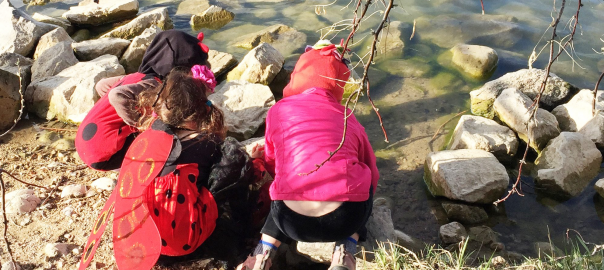 Early Childhood Urban Environmental Education
Early Childhood Urban Environmental Education
Victoria Derr, Seaside, CA Louise Chawla, Boulder Illène Pevec, Basalt, CO
Early childhood—which is generally defined as ages three through eight—is a foundational period when children rapidly move through milestones in physical, cognitive, social, emotional and language development (McCartney and Phillips, 2006). Cities offer unique environments for learning because they present young children with high densities of people from different backgrounds...
2 Comment(s)Join our Conversation
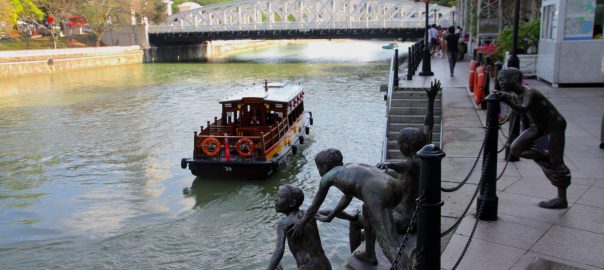 Climate Change Education
Climate Change Education
Marianne Krasny, Ithaca Chew-Hung Chang, Singapore Marna Hauk, Portland Bryce Dubois, New York City
In October 2012, Hurricane Sandy slammed into the New York and New Jersey shoreline, with winds of 145 kilometers per hour and a storm surge 4.3 meters above mean low water. The superstorm flooded the city’s subways, destroyed thousands of homes, washed away beaches and boardwalks, and caused at least...
0 Comment(s)Join our Conversation
 Sense of Place
Sense of Place
Jennifer Adams, New York City David Greenwood, Thunder Bay Mitchell Thomashow, Seattle Alex Russ, Ithaca
Different people perceive the same city or neighborhood in different ways. While one person may appreciate ecological and social aspects of a neighborhood, another may experience environmental and racialized injustice. A place may also conjure contradicting emotions—the warmth of community and home juxtaposed with the stress of dense urban living....
6 Comment(s)Join our Conversation
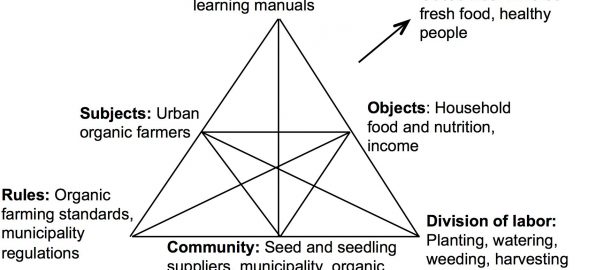 Practicing Community Environmental Education in Urban Settings
Practicing Community Environmental Education in Urban Settings
Marianne Krasny, Ithaca Mutizwa Mukute, Grahamstown Olivia Aguilar, Granville Mapula Priscilla Masilela, Grahamstown Lausanne Olvitt, Grahamstown
Community environmental education prioritizes community wellness, and uses learning in and about the environment as a means towards community wellness and healing. It draws from place-based, youth and community development, participatory, and resilience approaches in environmental education. Recognizing that community environmental education is an emerging field lacking a clear definition...
0 Comment(s)Join our Conversation
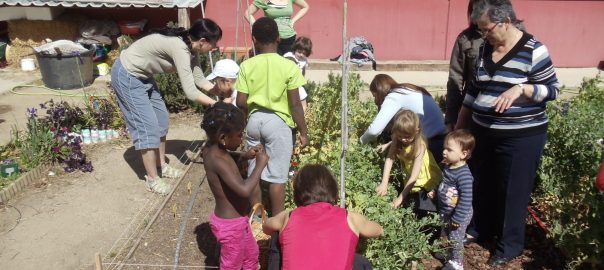 School Partnerships are Key to Vibrant and Sustainable Cities
School Partnerships are Key to Vibrant and Sustainable Cities
Polly Knowlton Cockett, Calgary Janet Dyment, Hobart Mariona Espinet, Barcelona Yu Huang, Beijing
Urban schools—any public, private, or charter schools delivering formal primary or secondary education—are key institutions in the shaping of vibrant and sustainable cities. Imagining such cities depends on the assumptions and ideologies of those involved in the transformation of urban sites, and moving beyond perceiving urban schools as problematic institutions...
3 Comment(s)Join our Conversation
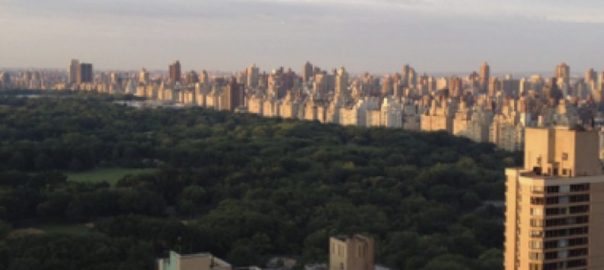 Environmental Education and Advancing Urbanization
Environmental Education and Advancing Urbanization
David Maddox, New York Harini Nagendra, Bangalore Thomas Elmqvist, Stockholm Alex Russ, Ithaca
Cities—their design and how we live in them—will be key in our struggle for sustainability and, indeed, our future. As cities grow, as they are newly created, and as more and more people choose or require them as places to live, our decisions about urban design and city-building will determine...
1 Comment(s)Join our Conversation

